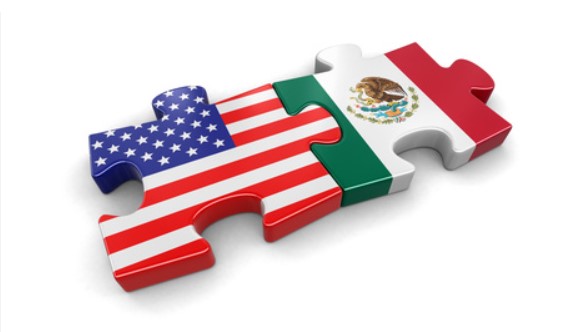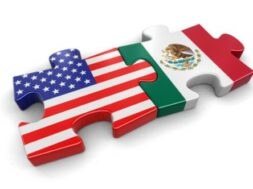
Roving Periscope: Mexico replaces China, Canada as the US’ top biz partner
Virendra Pandit
New Delhi: How times change—and so rapidly!
As China struggles to keep its nose above the financial maelstrom, Mexico has left the Dragon, as well as Canada, behind as the top business partner of the United States, the media reported on Tuesday.
In the first four months of 2023, the US-Mexico trade reached USD 263 billion, pushing America’s southern neighbor past China and Canada as the top trade partner since the start of the Covid-19 pandemic in January 2020.
In 2022, the total value of the US trade in goods with China amounted to around USD 690.6 billion. The US imports were worth USD 536.8 billion, an increase of 6.3 percent (USD 31.8 billion) over 2021 and its trade deficit with China was USD 382.9 billion, an increase of 8.3 percent (USD 29.4 billion).
According to Luis Torres, a senior business economist at the Federal Reserve Bank of Dallas, USA, Mexico has once again cemented its place as America’s top trading partner. Trade with Mexico accounted for 15.4 percent of goods exported and imported by the US, just ahead of America’s trade totals with Canada and China, which were 15.2 percent and 12 percent respectively.
In the post-pandemic years, Mexico’s ability to dislodge China — which toiled for the last two decades integrating itself further into the US economy —from this spot is a clear sign of how the economic chaos of 2020 is set to continue to define the world economy for years to come, the media reported.
Torres said the seeds for this trade shift were sown even before the pandemic with then-President Donald Trump imposing tariffs on some Chinese goods and the signing of the US-Canada-Mexico trade deal. This was a slight update of the nearly three-decades-old North American Free Trade Agreement (NAFTA) deal.
He said the changes also suggested an accelerated shift toward “nearshoring,” a practice in which countries bring supply chains for crucial goods to countries that are close physically and politically.
“While data on recent nearshoring is thin and evidence of it is largely anecdotal, increased protectionism and related industrial policy are consistent with less global trade, more regional trade, and nearshoring and reshoring (returning production to the home country).”
Nearshoring increased during the pandemic because of the increased cost of shipping products across the Pacific and the consumer demand for faster delivery times. Companies like Walmart increasingly looked closer to home for ways to fill their needs as political tensions between the US and China heated up.
This trade shift, according to Shannon O’Neil’s recent book The Globalization Myth: Why Regions Matter, became possible by keeping production closer to home, which helped American workers.
The average US import from Mexico is “40 percent US made”, meaning that 40 percent of the ingredients or parts that go into the end product are still produced in the US. The average Canadian import is 25 percent US-made, and only 4 percent of Chinese parts were made in America.
That’s what improved the US-Mexico trade.
In 2022, the US alone, as its top trading partner, accounted for China’s 16.2 percent of total exports, followed by Hong Kong (8.3 percent), Japan (4.8 percent), South Korea (4.5 percent), Vietnam (4.1 percent), India and the Netherlands (3.3 percent each), and Germany (3.2 percent).














